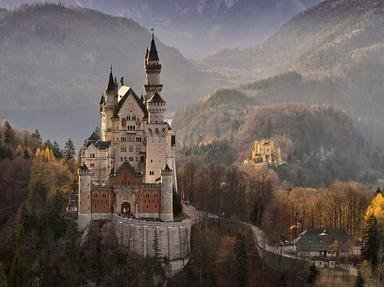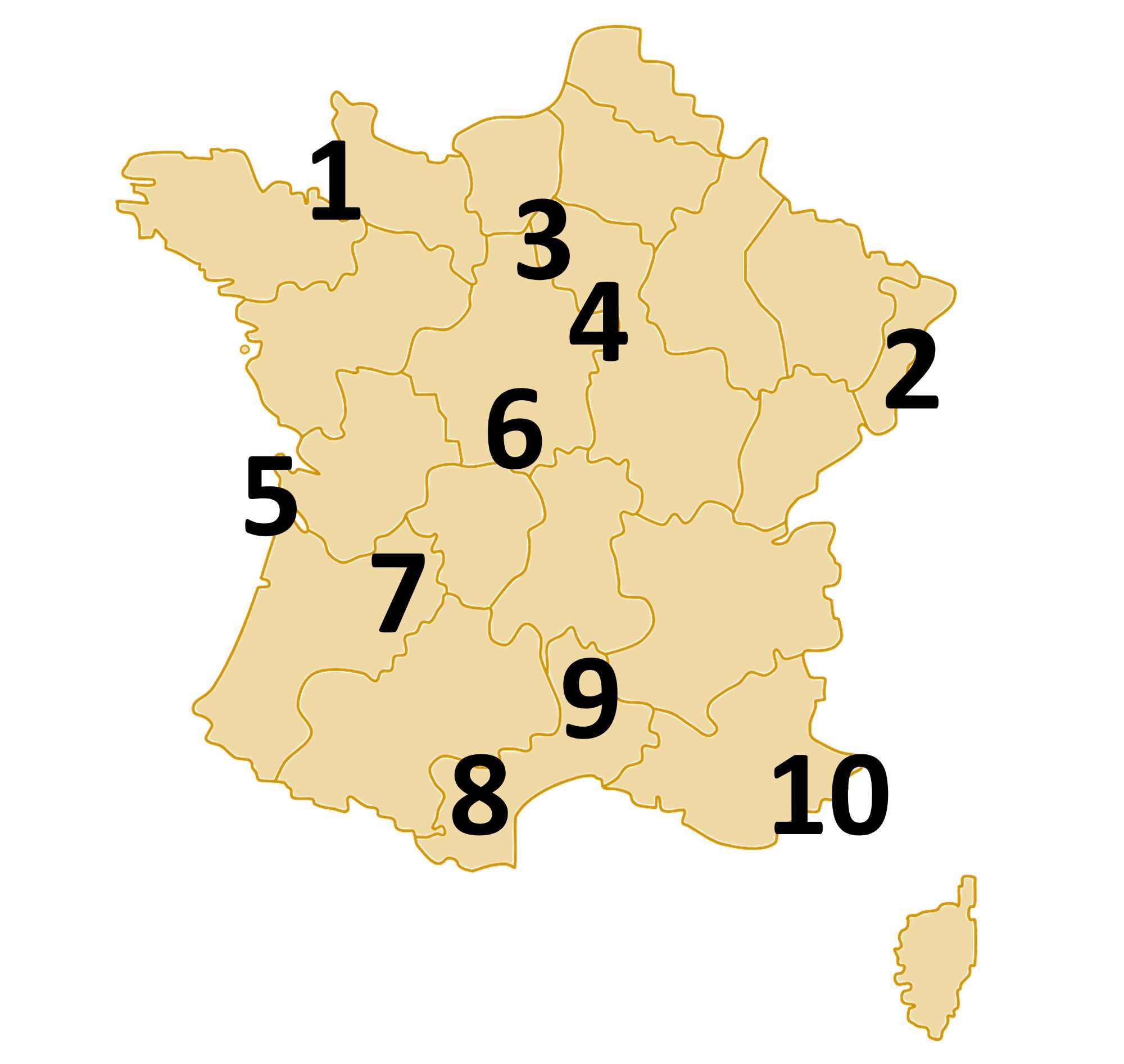
Locations of France's World Heritage Sites Quiz
France has many UNESCO World Heritage Sites, but do you know where in the country they are to be found? In this quiz, simply match the name of the World Heritage Site to its location on the map.
A label quiz
by Stoaty.
Estimated time: 3 mins.
